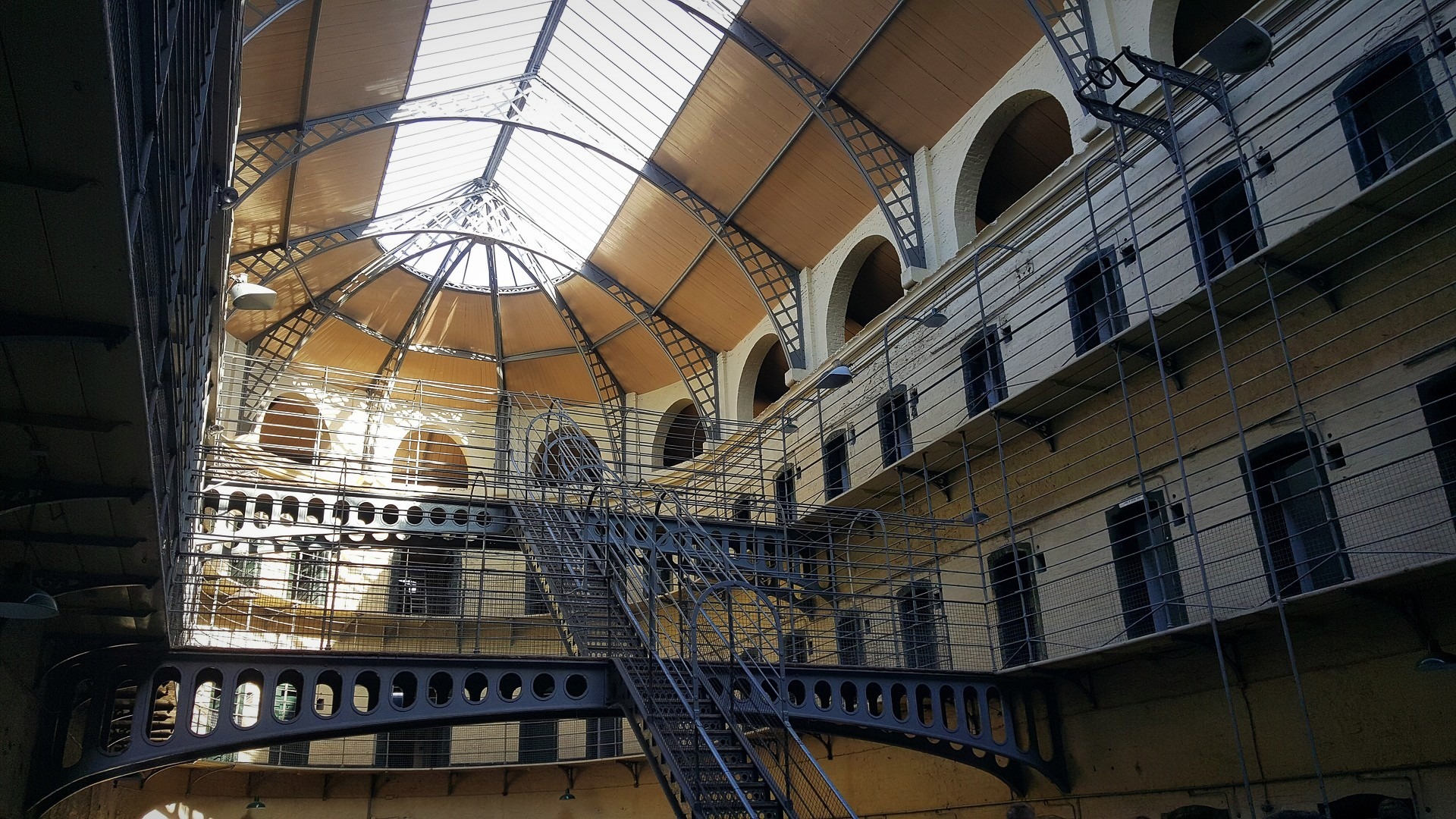Dublin & Around
Dublin is the capital of the Republic of Ireland and the largest city on the island, with a population of just over 1,500,000. The city's history is long, as the Easter Revolution took place in 1916, followed by the Irish War of Independence and the Civil War. Ireland declared an independent state in 1922 having Dublin as capital. Authors such as Jonathan Swift, Oscar Wilde, James Joyce, George Bernard So, Samuel Beckett, Roddy Doyle hail from Dublin, while the author of the famous "Dracula" novel Bram Stoker studied at Trinity College. Residents of Dublin, but also all Irish people, love music, especially Irish something that you realize immediately as there are many street musicians. River Liffey runs through the city and practically divides it into two parts. With many points of interest, such as Kilmainham Prison, Guinness Warehouse, Jameson Distillery, Trinity College, Dublin Castle, and Christ and St Patrick's Cathedrals, you will need several days to get around the city. Art lovers can visit the National Museum of Ireland and the National Gallery. To ease your senses and relax a little bit walk to Phoenix Park, Europe's largest fenced-in park. For shopping, head to Grafton St south of the river and also to Henry St in the north. When night falls, the heart of the city becomes the famous Temple Bar, with several Pubs and many restaurants guaranteed to have a beautiful night.
Only one hour far and north of the city center is Brú na Bóinne, one of the most important prehistoric monuments in the world, one of the Unesco World Heritage Sites. Other places to visit on the outskirts of Dublin are the Powersport House and the waterfall, Wicklow National Park, Malahide Castle etc.
Guinness Storehouse
It would be a half trip to Dublin if not visiting Guinness Warehouse, an integral part of the city. It is the country's largest tourist attraction hosted millions of visitors since it opened its doors in 2000. You will learn the history of beer and how Arthur Guinness built this colossus, you will see the stages of production and what materials are used, become a bartender for a while filling the glass with beer you will enjoy at the famous Gravity bar on top of the building gazing at the magnificent Dublin views.
The ticket costs 25 €, but if you book it earlier via internet you may pay less, depending on availability.
https://www.guinness-storehouse.com
The Guinness Warehouse is open 7 days a week, Hours: 9:30 - 19:00 (last entrance 17:00), while in July and August it opens at 9:00 to 20:00 (last entrance 18:00). Christmas Eve is closed, as is St. Stephen's Day in Ireland which is celebrated on December 26th.
Φυλακή Κιλμέινχαμ (Kilmainham Gaol)
The Kilmingham Prison opened its gates in 1796 and closed in 1924. Several leaders of the 1798, 1803, 1848, 1867 and 1916 uprisings were imprisoned here, many of whom were executed in prison. A lot of members of the Irish Republican movement were also imprisoned during the Anglo-Irish War (1919-21). Some of the people imprisoned here later joined country's government. A notable example was Éamon de Valera who has been President of Ireland for many years.
Several films have been shot in this prison, such as In the Name of the Father (1993), Michael Collins (1996), The Wind Dances with Barley (2006), etc.
https://kilmainhamgaolmuseum.ie/
Ticket costs 8 €
Visiting days & hours:
October - March 9:30 - 17:30 (last entrance 16:15), April - May 9:00 - 18:00 (last entrance 16:45), June - August 9:00 - 19:00 (last entrance 17: 45), September 9:00 - 18:00 (last entrance 16:45). Closed on December 24, 25 & 26.
Trinity College
Trinity College was founded in 1592 by Queen Elizabeth I. It is Ireland's oldest surviving university and is considered one of Europe's leading educational institutions. It is located in the center of Dublin, south of the River Liffey. Inside the campus are a series of buildings open to the public. Douglas Hyde Gallery is one of Ireland's leading contemporary art galleries and the old library owns more than 4 million books including one of the country's treasures, the Book of Kells.
Brú na Bóinne (Newgrange and Knowth)
A monument worth visiting, as it is one of the most important Neolithic monuments in the world. It is located in the beautiful Boyne Valley by the homonymous river and built by a rural community that prospered in the valley at the time. Practically these are burial passages built around 3,000 BC. The tour starts from the excellent visitor center where buses transfer visitors to the sites of prehistoric structures.
https://www.heritageireland.ie/en/midlands-eastcoast/brunaboinnevisitorcentre/
Ticket price is 13 €
Opening hours vary depending on the season. For more details visit the
site.
Kτήμα Παουερσκόρτ (Powerscourt Estate )
The estate is about an hour south of Dublin near the village of Enniskerry and belongs to the Slazenger family. A restaurant and Avoca shops are on site. The gardens of the estate are among the most beautiful in the world. A stroll through the gardens will amaze you as you will see the dolphin lake, the Italian and Japanese gardens, the Pepperpot tower, the pet cemetery and also the magnificent views of the Wicklow Mountains. The Powerscourt Waterfall, which is also Ireland's tallest, is 6km far from the property.
Entrance to the property will cost you from 7.50 € to 10 € depending on the season, while admission to the waterfalls will cost 6 €. Visit the site to check the opening hours.








